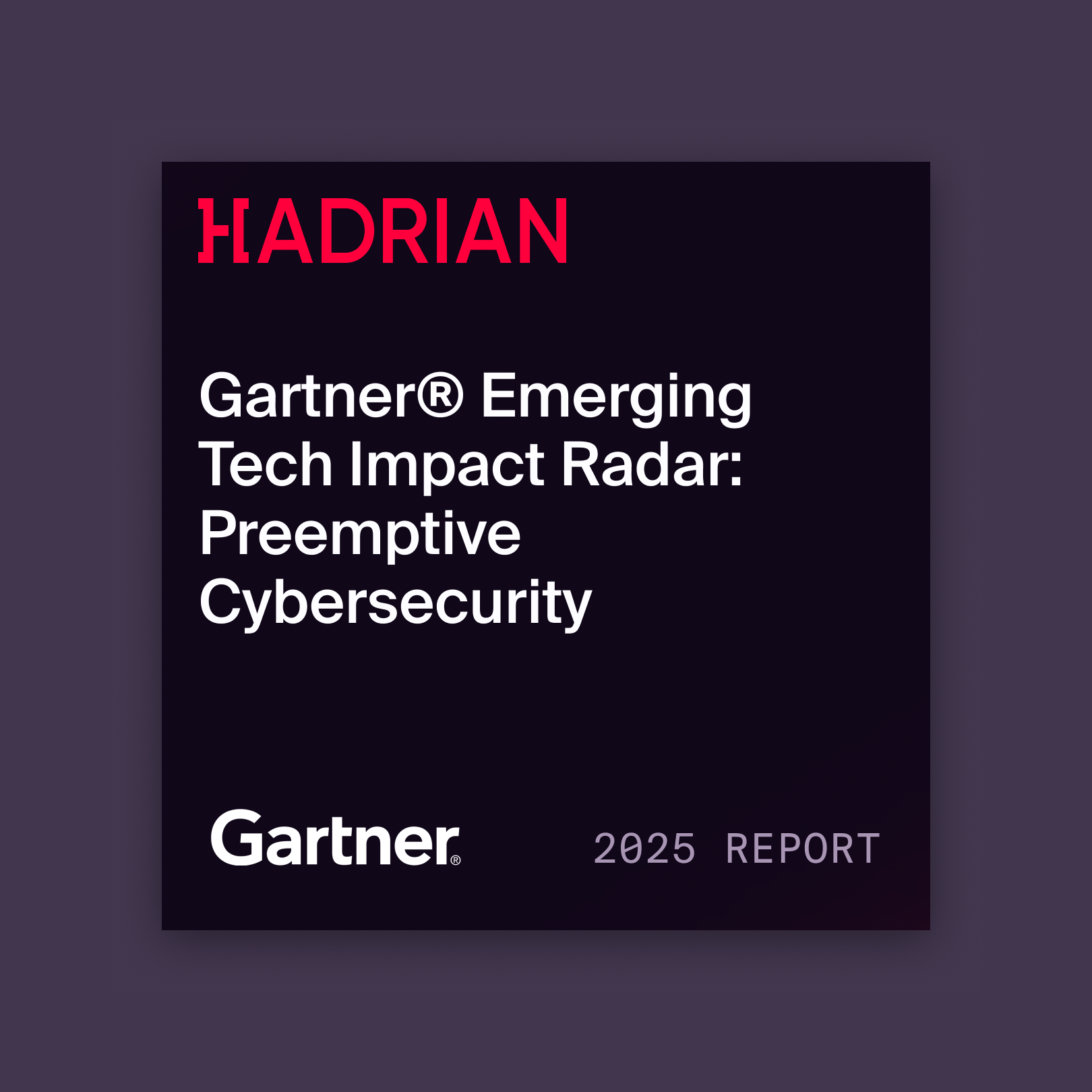
The moment your organization goes online, it operates under a single, unavoidable truth: most cyber threats originate from the outside. While firewalls, Endpoint Detection and Response (EDR), and strong internal controls are essential, they all operate under the assumption that the external perimeter is secure—an assumption that hackers routinely prove false.
The core challenge for security leaders today is overcoming internal myopia—the tendency to define security based on what your internal teams know and manage. This leads to lax standards and a myopic scope that leaves obvious, externally accessible vulnerabilities wide open.
To build a resilient security posture, you must abandon internal assumptions and permanently adopt the mentality of an external threat actor. This is why offensive security, characterized by continuous, adversarial testing from the outside in, is the only truly proactive defense strategy.
The flaw in the internal assumption
The most dangerous words in cybersecurity are, "We're safe because we trust our perimeter."
Traditional security models focus heavily on internal defense: patching known assets, managing internal access, and segmenting networks. However, this approach often overlooks the simple, externally visible weaknesses that provide an easy entry point. According to Verizon’s 2025 Data Breach Investigations Report, exploited vulnerabilities are now the second leading cause of data breaches, responsible for around 20 % of incidents, a sharp rise compared to previous years.
Assuming safety based on internal knowledge leads to dangerous outcomes:
- Myopic Scope: Security teams focus resources only on assets they know they own, ignoring the expanding digital footprint of Shadow IT, third-party SaaS platforms, and forgotten cloud instances.
- Lack of Real-World Context: Internal teams assess risk based on theoretical impact (CVSS scores) rather than validated exploitability—failing to test if a vulnerability can actually be chained with another weakness to achieve a breach.
- Complacency: The internal team may assume security controls are working as intended until a major external event proves otherwise.
The goal of proactive security is not to manage the inside; it is to eliminate the external footholds that attackers rely on.
A case study in external blindness
In December 2023, an attacker gained access to the systems of National Public Data (NPD), a US consumer data broker aggregating personally identifiable information such as names, addresses, dates of birth, and Social Security numbers. The intruder remained undetected for months, gradually exfiltrating sensitive data that internal tooling was unable to identify or prevent. The breach was publicly disclosed only in August 2024, after large volumes of stolen data were offered for sale and leaked on underground forums.
The root cause of the breach was exposed secrets within NPD’s attack surface—credentials and configuration artifacts that should never have been publicly accessible. Investigations revealed that a sister site, recordscheck.net, had published an archive containing plain-text usernames, passwords, and even backend source code on its homepage. Attackers reportedly leveraged these leaked credentials to compromise NPD’s systems.
Had NPD employed a proactive offensive security program, these exposed secrets could have been identified and remediated before exploitation. Continuously hunting for weak spots, misconfigurations, and exposed secrets enables organizations to harden their environment ahead of attackers.
{{cta-continuous-discovery}}
The power of offensive security
Offensive security is a proactive defense strategy because it turns the adversary's methods against the organization itself. Instead of waiting for the next alert or patch, you continually hunt for external weaknesses.
This approach is built on three core, non-negotiable principles:
1. Continuous, external reconnaissance
You must assume your entire digital footprint is hostile territory. Offensive security requires continuous, automated reconnaissance that maps every domain, subdomain, API, and cloud instance accessible from the internet. This includes assets you may not even know you own—Shadow IT—as these unmanaged assets are often the path of least resistance for an attacker. By constantly scanning and classifying the outside perimeter, you maintain a scope that matches the attacker's own knowledge base.
2. Validation is the standard, not assumption
The key differentiator of offensive security is the elimination of theoretical risk. Traditional vulnerability scanners tell you a flaw might exist; offensive security tools, particularly those leveraging agentic AI, simulate a real attack to verify that an exposure is exploitable. This validation process filters out alert noise and delivers verifiable proof of concept (PoC), ensuring your limited resources are dedicated only to fixing genuine, high-impact threats. You move from the guesswork of theoretical severity to the certainty of confirmed exploitability.
3. The hacker's perspective informs internal action
The insights gained from external testing are invaluable for shaping your internal policies. When an offensive security platform finds a vulnerability, it details the precise execution path a hacker would take. This knowledge allows security teams to:
- Prioritize based on impact: Focus remediation not just on high CVSS scores, but on exposures that, when exploited, compromise the business's most critical assets.
- Strengthen internal controls: Use the external findings to test the efficacy of your existing Web Application Firewalls (WAFs) and network segmentation, forcing your internal defenses to react to a simulated breach.
- Maintain a continuous loop: Integrate external validation into your DevSecOps workflows, ensuring that every new code deployment is immediately tested from an adversarial perspective.
Building your proactive defense
To be truly proactive, you must commit to continuous, external, and adversarial assessment. This is not about managing risk; it is about eliminating known and probable attack paths.
By continuously testing your network from the outside, you break free from internal myopia and gain the comprehensive, real-world context needed to defend against sophisticated threats. Stop assuming safety based on internal comfort; start proving resilience through relentless, external offense.
{{cta-demo}}




.avif)



